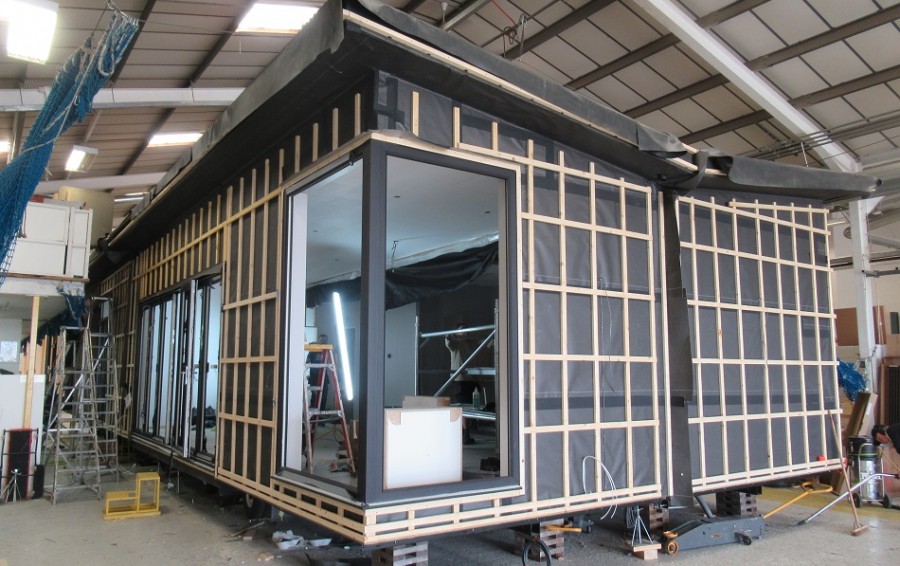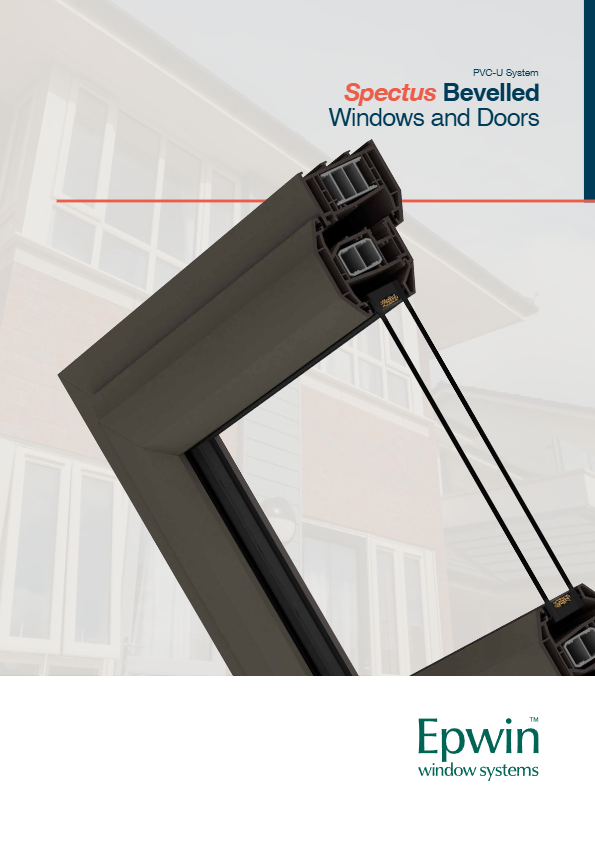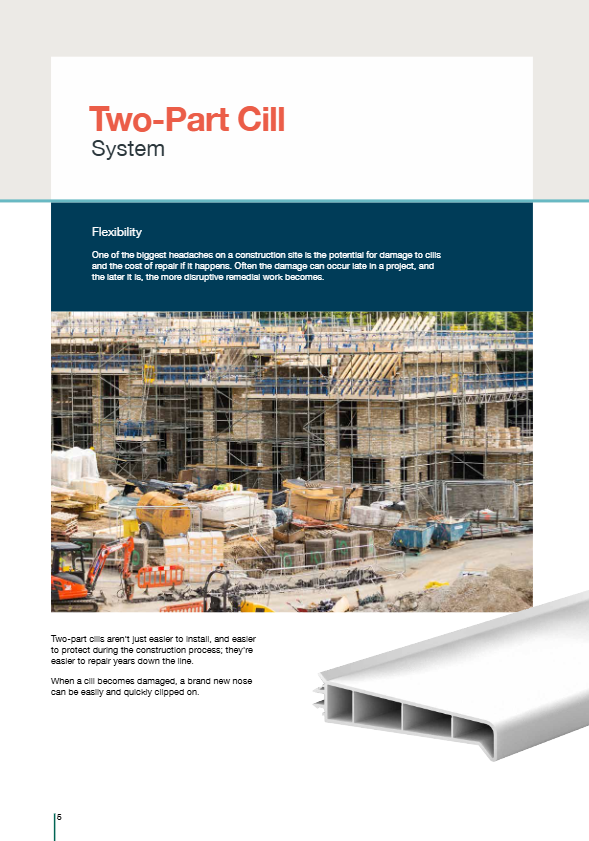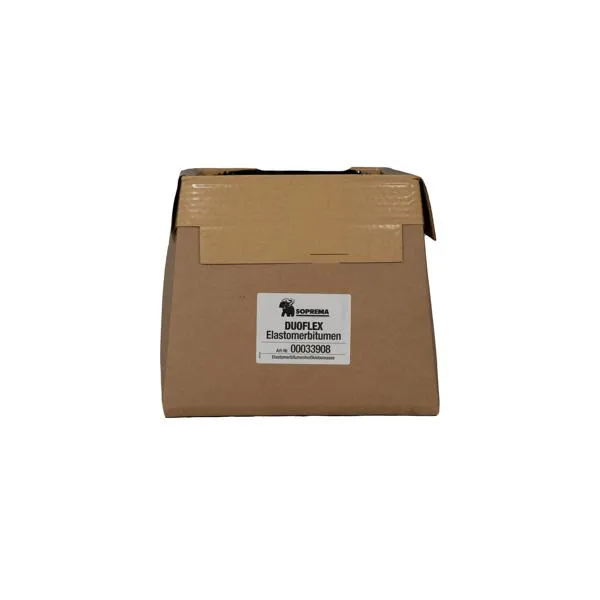Planners and policymakers face major challenges when it comes to understanding the latest commuting trends and interpreting what these mean for long-term planning, according to a new report.
The ‘Rush Hour to Hushed Hour: Using the 2021 Census to Analyse Future Commuting Patterns’ Insight Focus from planning specialist Lichfields reveals the long-term impact of the pandemic on commuting remains uncertain.
While hybrid work appears to be a lasting trend, continued monitoring and adaptive planning are essential to address evolving commuting patterns effectively, it says.
Analysis by Lichfields of the 2021 Census Origin-Destination commuting dataset, released by the Office for National Statistics in October 2023, reveals significant shifts in commuting patterns driven by the Covid-19 pandemic.

Image: Belinda Fewings via Unsplash
Conducted during the UK's third national lockdown, the Census data unsurprisingly recorded a substantial increase in homeworking and a corresponding decrease in commuting flows.
Report co-author Ciaran Gunne-Jones, senior director and head of economics, Lichfields, says: “We are regularly reminded by statisticians that surveys represent a snapshot in time. The last Census perhaps represents the ultimate case study for the difficulties of inferring trends from a snapshot in time.
“To what extent is this snapshot still a reflection of the realities of commuting in 2024, where Covid-related travel restrictions are long in the rear-view mirror and with many people returning to the office, for a few days a week at least.”
This Insight Focus examines how commuting flows were impacted by the pandemic, explores how the new 2021 data might be interpreted, and considers how the data should be used by policy-makers.
The Census Origin-Destination datasets record the usual place of residence and workplace location of those in work and are used to show typical commuting patterns. This data helps planners to understand the spatial relationships and the daily flows of people between places.
Therefore, it is a useful tool in informing spatial planning decisions, particularly for both housing and employment land. This includes helping to define functional economic market areas (FEMAs), which indicate the spatial level at which local economies and markets operate. National Planning Policy Guidance (PPG) requires that FEMAs are used to underpin economic development needs assessments, which form a key component of the evidence base in planning for the economy.
The Origin-Destination dataset is also used by economists and planners to identify labour market areas for new employment developments, as well as strategic housing and employment site allocations.
Key findings when interpreting the latest Census data and more recent travel surveys:
- Rise in homeworking: The Census recorded 9 million additional people working from home in 2021, a 300% increase from 2011.
- Urban vs. rural trends: Major cities, particularly London, saw the most significant reductions in commuting, while rural areas were less affected.
- Hybrid work patterns: More recent data from the Department for Transport and the ONS show a recovery in commuting trips and a rise in hybrid working. As of October 2023, rail journeys had recovered to 80-90% of pre-pandemic levels.
- Income and occupational variations: Higher-income and professional occupations are more likely to adopt home or hybrid working, while lower-income occupations continue to travel to work regularly.
Gunne-Jones says: “The 2021 Census data presents a challenge for planners and policy-makers who rely on accurate commuting data for housing and economic development planning. The snapshot taken during the lockdown may not accurately reflect current commuting realities.”
Future planning considerations:
- Hybrid work trends: The shift towards hybrid work requires planning for peak commuting days, typically mid-week, for example as seen in Transport for London's passenger data.
- Geographic variability: Planning must consider regional differences, with London showing a greater impact from reduced commuting compared to northern regions.
In response to these challenges, the ONS has begun developing experimental datasets to estimate revised commuting patterns during the pandemic and what they might have looked like without it. While not yet intended for decision-making, these datasets provide a more nuanced understanding of commuting trends.
Based on recent travel surveys, Gunne-Jones adds; “There is a need to accommodate a mid-week peak workday population into future planning policy. As physical infrastructure and employment land supply cannot flex over the course of a week, we must still plan for the peak and the geography of the flows associated with this.
“This underlines the geographic variability in the trends, with London disproportionately affected compared to northern regions of England, which should be reflected in approaches to the preparation of evidence bases.
“Furthermore, at this stage, it is impossible to say whether the trend of returning to the workplace will continue in the coming years; planning for a post-pandemic scenario of increased home-working and hybrid working may be myopic if travel patterns continue to bounce back.
“In conclusion, while the 2021 Census provides an invaluable snapshot of commuting patterns during an extraordinary period, planners and policymakers must approach its data with caution. The landscape of commuting is still evolving, and flexible, adaptive strategies will be essential to meet the changing needs of our workforce and economy.”




















